Pictures reveal secrets of former Cold War base
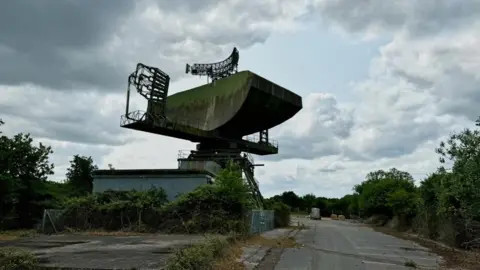 Andrew Turner/BBC
Andrew Turner/BBCPictures have revealed the interior of a former Cold War radar station believed to be the country's longest occupied.
RAF Neatishead in Norfolk was downgraded from an RAF station 20 years ago but is still a military air defence radar site.
Part of the remaining site, including a nuclear bunker, was sold off to tech entrepreneur William Sachiti, who opened its doors to the media.
"I've owned this place for about three years, and no, I've actually not explored a lot of it," he admitted.
"I think there's about 40% of the bunker I haven't seen yet but what I have done is made sure I've got in touch with people that used to work here to make sure the place is kept alive enough as we slowly refurbish it and bring it back to life."
Originally a World War II base, the site was an important part of Britain's air defences during the Cold War.
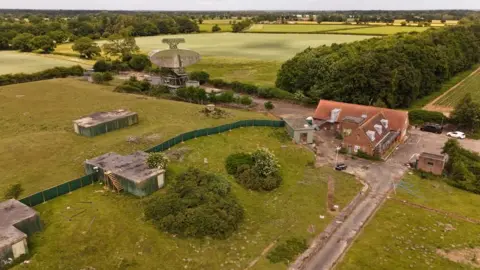 Shaun Whitmore/BBC
Shaun Whitmore/BBCMr Sachiti said he was using the site to develop technology aimed at covering mobile "notspots" - areas with poor or non-existent phone or data signals.
However, it has emerged that last month the defence secretary issued a High Court writ against Mr Sachiti and his company, Academy of Robotics.
Further details are not currently available, but Mr Sachiti said: "This is unrelated to any of our current or previous with the MOD, and unrelated to any radar tech which was recently announced.
"There was a minor dispute which was resolved but I cannot comment on the details."
The Ministry of Defence has been asked for comment.
 Shaun Whitmore/BBC
Shaun Whitmore/BBC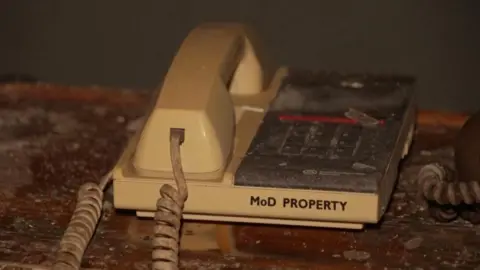 Shaun Whitmore/BBC
Shaun Whitmore/BBC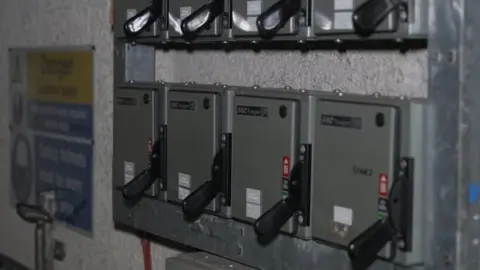 Shaun Whitmore/BBC
Shaun Whitmore/BBC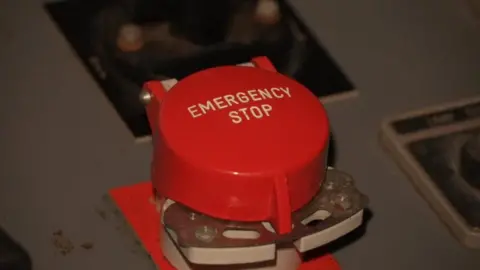 Shaun Whitmore/BBC
Shaun Whitmore/BBC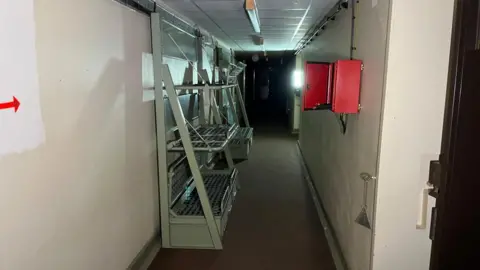 Shaun Whitmore/BBC
Shaun Whitmore/BBC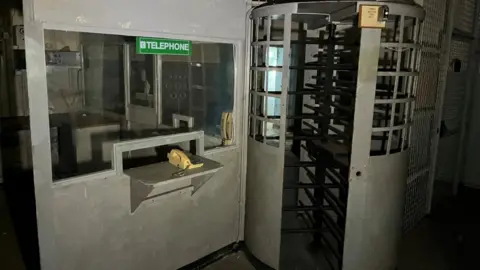 Shaun Whitmore/BBC
Shaun Whitmore/BBC Andrew Turner/BBC
Andrew Turner/BBCFollow Norfolk news on BBC Sounds, Facebook, Instagram and X.
